10 Versions of Wonder Woman That Michelle MacLaren Must View Before Directing the Movie
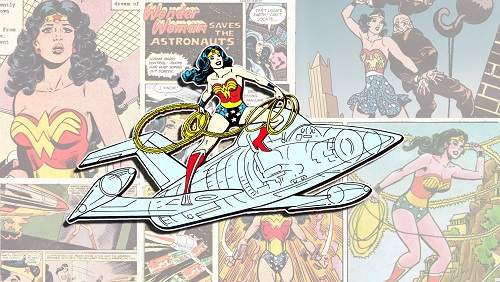 |
It was announced last year that Warner Brothers would finally, after well over a decade of development hell, give us a Wonder Woman solo film in 2017, starring Gal Gadot as the world’s most famous female superhero. Although she is making her debut in next year’s Batman V. Superman movie in a supporting role, it’ll be her own movie that really defines how she’s perceived for a whole generation. The first good move Warners made is to hire Michelle MacLaren, director of episodes of several great shows like Breaking Bad, Game of Thrones and Walking Dead, to direct. Putting a talented woman behind the camera is a smart move, hopefully the first of many.
So which pieces of Wonder Woman lore should MacLaren dive into before directing the film? There are those who say that unlike characters like Batman or Spider-Man, there are no “definitive” or important takes on the character, to which I say “nonsense” – in nearly seventy-five years of continuous publication, there are indeed several defining versions of the character. Here are ten takes on the Amazing Amazon that Michelle MacLaren should absolutely check out before cameras start to roll on Wonder Woman’s first ever solo film.
10. The Animated Justice League (2001-2006)
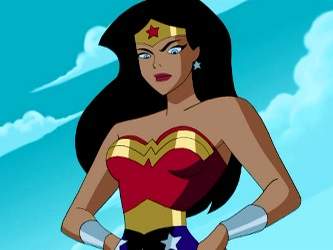 |
The animated version of Wonder Woman in Bruce Timm’s Justice League series was the first time the character appeared in any non-comics media since the end of Super Friends in 1985, some 16 years prior (a long time for such a huge merchandising icon as Wonder Woman to stay quiet)
During the first season of Justice League the show couldn’t quite seem to get a handle on Diana, and I was unsure if I liked Susan Eisenberg as the voice of Wonder Woman at first. But eventually Eisenberg really owned the part, and Diana’s combination of strength and vulnerability really came through. And now when I read the character in the comics, it’s her voice I hear.
My favorite moment of the cartoon was in an episode where the Martian Manhunter goes missing after suffering a psychic meltdown, and when Wonder Woman finds him, all she does is give her friend a big hug. That’s an aspect of Wonder Woman’s character I really hope manages to makes its way onto the big screen.
9. Greg Rucka’s Run on Wonder Woman (2003-2006)
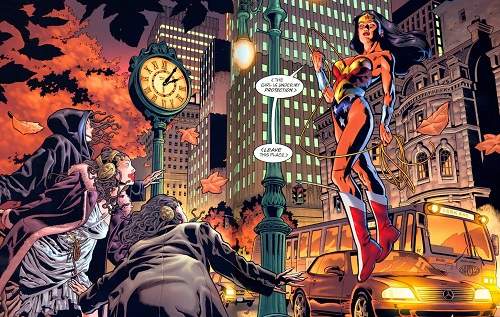 |
Writer Greg Rucka’s run on Wonder Woman kind of gets lost in the shuffle sometimes, but it’s the best version of the character in comics in the 21st century. (Rucka also wrote the excellent OGN Wonder Woman: The Hiketia.) Rucka took the concepts that were present in the George Perez run, like the notion of Diana as an ambassador from Paradise Island, and took them to the next level. Diana was now a functioning politician, with an embassy and full staff, who also writes books to spread her message of self empowerment and peace, and still finds time to sometimes save the world with the Justice League.
At one point during Rucka’s run, Diana blinds herself in an effort to defeat Medusa. A newly blind Wonder Woman then has to prove to the JLA that she still can function as a member, and totally takes them all down in a war games scenario that prove that Diana doesn’t need her eyesight to be Wonder Woman – she’s still the best there is.
8. Brian Azzarello’s New 52 Wonder Woman (2011-2014)
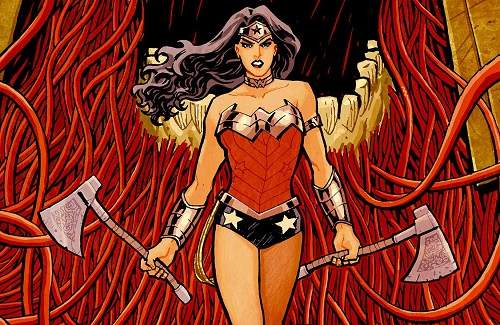 |
Writer Brian Azzarello and artist Cliff Chiang’s recent three year run on the New 52 Wonder Woman has been praised as one of the best runs for the title ever, mostly from people who never were interested in the character before. And to be fair, the run had several positives – Chiang’s art was amazing, truly a defining take on Diana. And although Azzarello didn’t quite seem to “get” Diana in those first few issues, eventually he get her right – she was compassionate, fair, and in one particular panel, reminds the God Hades that she loves everyone.
But at the end of the day, the virtues of this run can’t make up for the horrible blows to Wonder Woman’s feminist legacy. Azzarello re-imagined Diana as the daughter of Zeus; instead of a child created by Goddesses for a woman, her power now comes directly from a patriarchal figure – THE patriarchal figure, in fact. And the Amazons went from Wonder Woman creator William Marston’s idea of a utopian female society into a savage group of murderers and baby slave traders. And Ares, once Diana’s #1 enemy due to representing War, is now a mentor to her, and Diana in fact takes his place as the God of War.
All of this would make for a great Elseworlds take of Wonder Woman, but as the new “main” version of the character? It’s grossly anti-feminist, and a slap in the face to the original concept of Wonder Woman. So why is it on this list? Frankly, because so much of it embodies exactly what MacLaren shouldn’t do in regards to the character, I feel she needs to read it.
7. The Animated Straight-To-DVD- Wonder Woman Movie (2009)
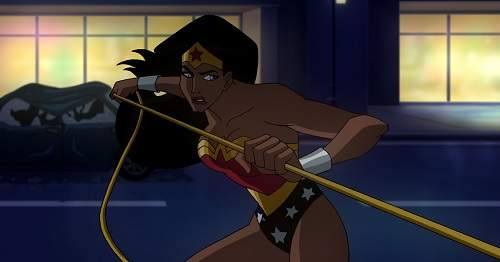 |
The straight-to-DVD animated movie from Warner Brothers animation that came out a few years back has one or two things in it i’m not too crazy about (did Diana really have to slap Steve Trevor when he tried to kiss her?) But it showed you can tell Wonder Woman’s classic origin story in a feature-length way, without stripping away any of the iconic mythological elements to make it more “realistic.” There’s some full on Clash of the Titans action going on in this one.The pre-credits scene, which shows Diana’s mystical birth, brought to life by the gods, shows just how mythic and cool the classic origin really is. And the final battle, where Diana and her sister amazons save Washington DC from Ares’ monsters, is truly movie-worthy.
6. The Secret History of Wonder Woman by Jill Lepore (2014)
While many female characters in pop culture eventually became feminist icons, few were created to be just that in the way that Wonder Woman was. Harvard professor Jill Lepore explores the roots of behind the creation of Wonder Woman in the book The Secret History of Wonder Woman, and Lepore uncovered things even the most hardcore Wonder Woman fans had no idea about.
Although created by a man, psychologist William Moulton Marston in 1941, many strong women had in hand in shaping Wonder Woman, including Marston’s wife Elizabeth, and their live-in third partner in the unconventional marriage, Olive Byrne, whose aunt just so happened to be the mother of modern feminism and founder of Planned Parenthood, Margaret Sanger. All of these women, whether they knew it or not, helped contribute to the philosophy of Wonder Woman. Lepore’s book uncovered many facts about Wonder Woman’s origins as an early creation for feminist propaganda, and should be a must-read for anyone tasked with bringing the Amazing Amazon to life on the big screen.
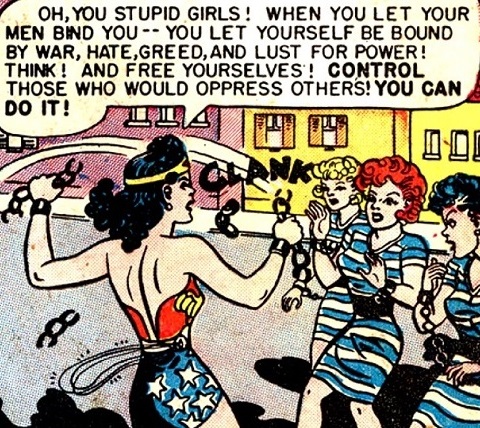 |
5. The 2011 NBC Wonder Woman TV Pilot
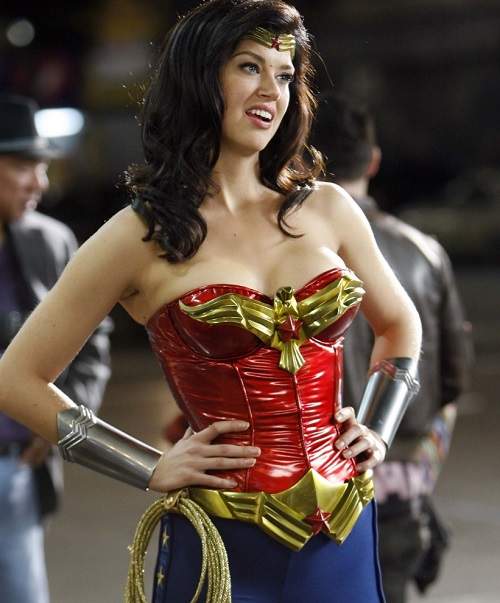 |
Here’s another example of something MacLaren should watch to see exactly what not to do with the character. Warner Brothers spent millions producing this pilot for NBC, and it was achingly clear that writer David E. Kelley, creator of Ally McBeal and The Practice, not only knew nothing about Wonder Woman, but pretty much superhero fiction in general.
His version of Diana is almost unrecognizable from her portrayal in any comic book incarnation. She’s beyond brutal with her far-less-powerful enemies (she even kills some henchmen at one point), tortures someone, and is overly concerned with how big the boobs on her lookalike doll are. Because, you know… when I think of Wonder Woman I totally think of someone with self image/body issues. And then there’s that costume, that looks like it came off the rack at Party City. Poor Adrianne Palicki…she could have been a good Wonder Woman in some other vehicle. But it sure wasn’t this one.
4. Wonder Woman #170 (Second Series) by Phil Jimenez, Joe Kelly and Andy Lanning, With a Cover by Adam Hughes
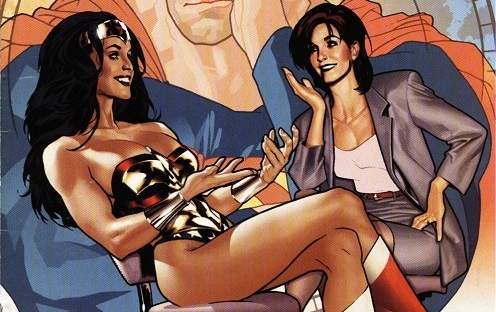 |
It’s hard to pick just one issue of Wonder Woman to sum upeverything that is great about the character, but if I were to give Michelle MacLaren one issue out of the entirety of Wonder Woman’s modern run, it would be issue #170, from back in July, 2001. The concept of the issue is Superman’s then-wife Lois Lane follows Diana for a full 24 hours to spend a “day in the life” with Wonder Woman as a piece for the Daily Planet, and that day shows us everything that makes Wonder Woman so very wonderful.
Wonder Woman shows us how she juggles her duties as superhero, Justice Leaguer, ambassador, role model and teacher, and how despite all these virtues, in the end, Diana is just as insecure and human as the rest of us, but doesn’t allow those human insecurities get in the way of her life’s mission: to make the world a better, more just place for everyone.
3. Lynda Carter’s Version of Wonder Woman (1975-1979)
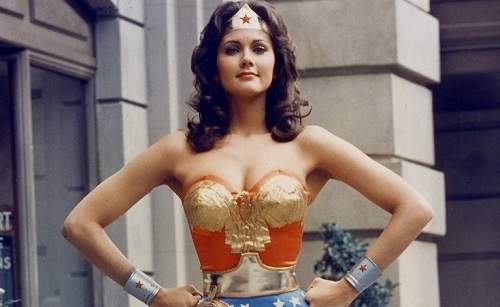 |
Say the words “Wonder Woman” to most average non comics-fans, and they’ll instantly think of one person – actress Lynda Carter, who played Wonder Woman on the television series which ran from 1975-1979, and made the character an international icon. While the show itself hasn’t aged particularly well in terms of its plots (they are all pretty generic seventies TV plots, interchangeable with any action show from the era) what still holds up is Carter’s portrayal of Wonder Woman.
Lynda Carter played Diana as calm, confident, smart, kind, and never overly relishing violence, even when she was throwing some bad guys wearing turtlenecks and bellbottoms over cars. While the upcoming DC Cinematic Universe will probably want to make Diana into some kind of Xena/Red Sonja knock off, MacLaren might want to watch some old episodes of Wonder Woman to remind herself that this in many ways the quintessential version of the Amazing Amazon the world knows, one who cares about others first and foremost, and actually manages to smile regularly.
2. George Perez’ Run On Wonder Woman Vol. 2 (1986-1991)
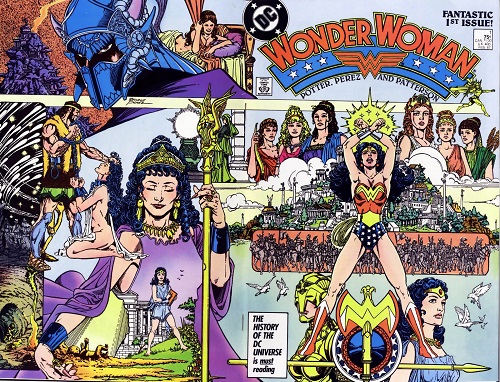 |
After DC’s 1985 event series Crisis on Infinite Earths, which re-wrote the history of the DC Comics universe, DC rebooted their trinity: Frank Miller got Batman, John Byrne got Superman, and George Perez most drastically updated Wonder Woman, while still keeping her most iconic elements intact. In the new George Perez version, which set the template for the next 23 years of the character, the Greek mythology aspect, always implicit in the original comics, was amped up big time, as were Diana’s power levels. (She could finally fly, for example.)
Although the secret identity of “Diana Prince” and the invisible jet were now gone (both would eventually be reinvented too) he mostly reinforced Wonder Woman’s role as an ambassador of peace and teacher to mankind, a force for equality in the world, not just for women, but for all the disenfranchised. And needless to say, his artistic renditions of Paradise Island and Olympus, and the attention to period detail for the Hellenic looks of the characters, is unmatched even today. Aside from the #1 entry on this list, to me this is still THE iconic take on Wonder Woman.
1. The Original Comics From William Marston and Harry G. Peter (1941-48)
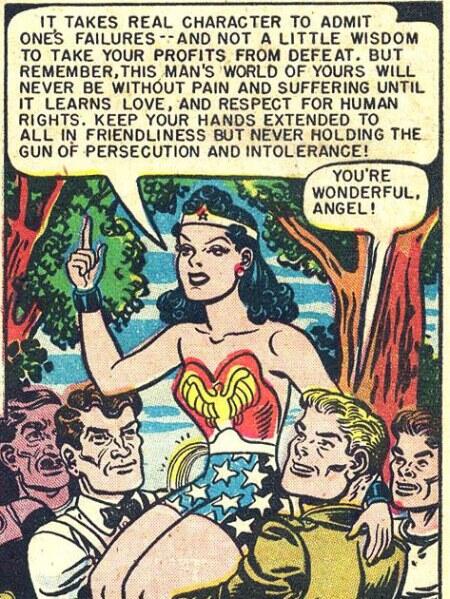 |
As is the case when adapting almost anything, it’s almost always best to go straight to the original source for inspiration, in this case the Wonder Woman comics from William Moulton Marston from 1941-1948. In that five-year period, Marston told some truly wild and imaginative tales, and although everyone these days loves to focus on the bondage aspects in those stories (and they are indeed there), the best parts to take in are just how wildly feminist and ahead of their time they really were.
At a time when women were second class citizens, only 20 years after receiving the right to vote in the United States, here comes Wonder Woman, telling young girls all over America that they were anything but second-class citizens, to own their own power, and that love and compassion conquer all. These little girls would grow up to become the second-wave feminists of the sixties and seventies, including Gloria Steinem, who put Wonder Woman on the cover of Ms. Magazine’s first issue. In a world where women’s rights are still being challenged, where misogyny has made a grotesque and unwelcome comeback, the message of these stories is needed now more than ever.
Previously by Eric Diaz:
8 Ways Frozen Is Disney’s Gayest Animated Film Yet
10 Things Showtime’s New Twin Peaks Series Needs To Do
10 Reasons Why American Horror Story: Coven Is The Gayest Horror/Fantasy Show Ever
The Ten Worst DC “New 52” Costume Redesigns
The Top Ten Substance Abusers in Comics
The Ten Heroes Most Unworthy Of Justice League Status (Who Joined Anyway)
